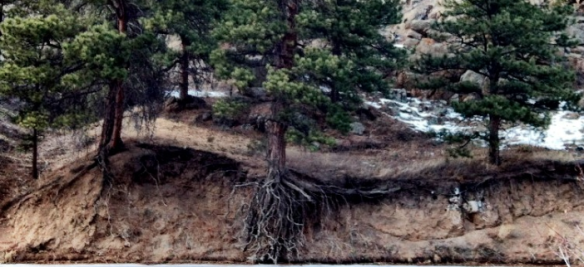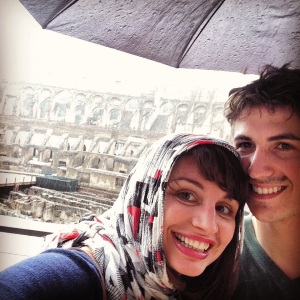In January of this year my boyfriend, Andre, and I packed up our house in Fort Collins, CO, dropped our dog, Ginger, off with my mom and moved out of Colorado and the country. This marked the beginning of an international tour, and we were excited. Andre headed to live with his brother in Canada, while I flew solo to Germany for a three month position. We then met up in May in the Netherlands where I began a 2 year postdoc. The last 8 months have been enlightening, exhausting, and overwhelming. While we still haven’t figure everything out, we are having an amazing time. Here is our story, and a few tips for anyone embarking on a similar adventure- punctuated with a few on my instagram photos.
Author Archives: kellysierra
Shaken or stirred: what’s your method of choice?
WHAT: We are looking for early career ecologists to participate in a survey of statistical approaches. We will provide you with a small data set and we ask that you spend no more than a few hours analysing the data in any manner of your choosing. If you are interested, please reply to the address below and we will provide you with more information and the data promptly.
WHY: We are interested in the approach used by ecologists in the analysis of a standard ecological data for a commentary on statistical methods. The results may be published in summary form, and no personal identification will be disclosed for any reason. Our results will also be posted to this blog when available.
PLEASE REPLY TO johnsg@uvm.edu by Wednesday May 29th.
A microbial perspective
By Kelly S Ramirez
This past winter went by in a hurry. Workshops, data analysis and proposals, combined with a few weekend trips resulted in surprise and slight panic when I realized on Monday that it was already April 1st. We all tend to get caught up in work and our daily lives, and I sometimes question if I make enough time to appreciate the science I work on.
Currently, I am working on a project surveying the biodiversity in the soil in Central Park NYC. We are examining all the life- bacteria, archaea and eukaryotes -in the soils of Central Park, and this is one project where I really do appreciate the underlying science. Continue reading
Soil Equality

Forest soil under lodegpole pine in Lyons, Colorado. Photo courtesy of Andrea Borkenhagen, 2013.
By Kelly S. Ramirez, PhD
As a soil ecologist, I am inevitably asked about dirt (and lawn care), but mainly dirt. Depending on the person and my mood and the event, I may quip back, ‘dirt is under your fingernails.’* Some inquirer’s eyes will glaze over, realizing I was the wrong person to make small talk with at said event. Others will eye me apologetically.
Soil, not dirt, is the foundation of our terrestrial ecosystems, maintains our food sources, cleans and cycles our water, regulates climate change, controls disease, and supports our cultural activities and recreation (Wall and Nielsen, 2012). Continue reading
In our own backyard
By Kelly S. Ramirez
Hello Readers, Happy New Year and welcome back to Early Career Ecologists! We are excited to get back into our normal posting schedule. Here’s to a productive and stimulating 2013.
Over my holiday break I read The Dog Stars by Peter Heller. (I finally got around to reading it after hearing this NPR interview). Briefly, The Dog Stars is a novel about a man, Hig, living in post apocalyptic Colorado, nine years after a plague has wiped out most of the human population; he is left with his dog, the stars and a neighbor with a massive weapons arsenal.
What I found so great about the novel, first, was Heller’s use of poetry and disjointed prose to highlight Hig’s loss – of his family, his surrounding environment, really the entire world. Amidst the sorrow though, Heller maintains a sense of hopefulness and lightheartedness that makes this a beautifully written and enjoyable novel.
But I am not here to write a book review- check out here and here if you stumbled upon this page for that reason. Though if you are wondering, I would say the catastrophic feel of this book falls somewhere between The Road, by Cormac McCarthy* and WALL×E, the lighthearted animated Disney film about a futuristic robot. This post is instead focused on the role of literature and film in public understanding of climate change. Continue reading




You must be logged in to post a comment.